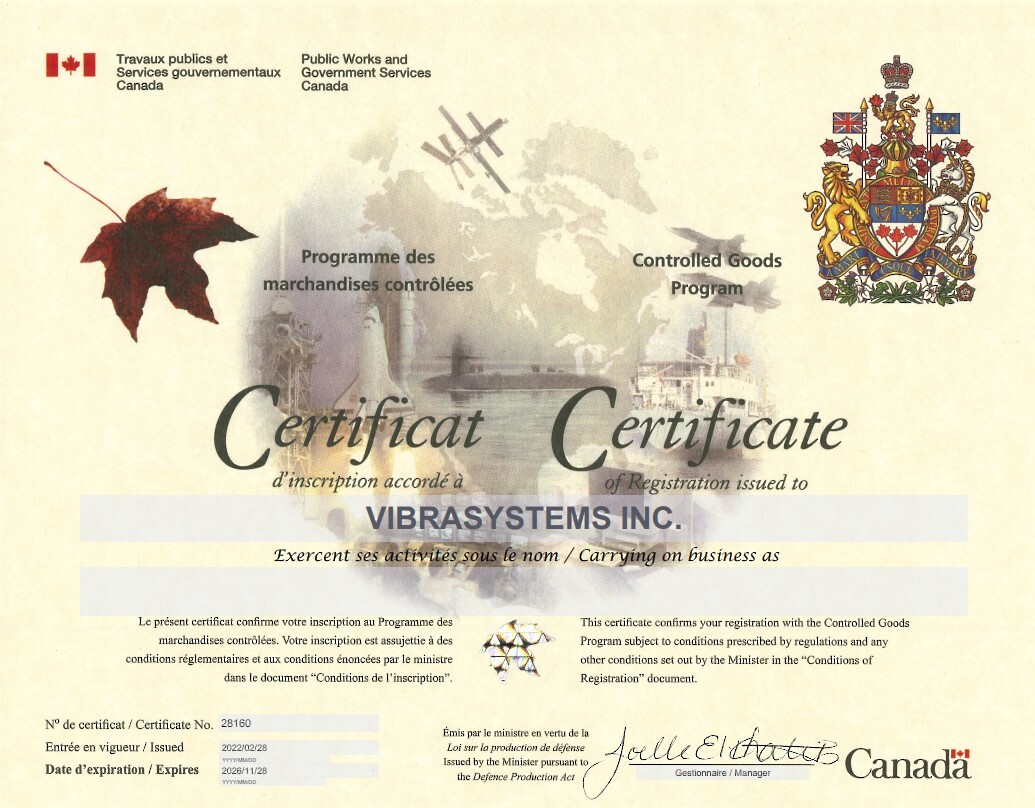The VibraSystems blog is the ideal place to learn more about our products, projects, and plans for the future!
How to choose the anti-vibration Pad?
15-02-2019
This is a guide to help select the anti-vibration rubber Pads.
Note that this is a simplified guideline and there are more factors to be considered. So, please contact us anytime for more technical information.
Step 1: Load Capacity
- Load per mount. When the load is evenly distributed, divide the total load of the equipment (lbs) to be isolated by the number of mounts.
- Pressure per mount. Divide the load per mount (lbs) by the equipment mount/foot area (square in).
Load per mount (lbs) = total load (lbs) ÷ number of mounts
Pressure per mount (psi) = Load per mount (lbs) ÷ mount/foot area (square in)
Step 2: Frequency
- When the vibration frequency is not known, calculations of the disturbing frequency (Hz) can be done based on the operating speed (RPM).
Disturbing frequency (Hz) = operating speed (RPM) ÷ 60
- Calculate the natural frequency (Hz) that the system needs for 80% isolation.
Natural frequency (Hz) = Disturbing frequency (Hz) ÷ 2.45
Step 3: Deflection
- Required static deflection (in) is calculated based on the natural frequency (Hz) that the system needs for 80% isolation
Required static deflection (in) = 9.8 ÷ (natural frequency (Hz))^2
- Required spring rate (lbs/in) is calculated by dividing the load per mount (lbs) by the required static deflection (in)
Required spring rate (lbs/in) = load per mount (lbs) ÷ required static deflection (in)
Step 4: Select an anti-vibration Pad
- Maximum load rating greater than the calculated Load per mount.
- Spring rate less than the calculated spring rate.
- Overloading isolator is not recommended, because it may lead to premature failure. However, excessive under loading will not deflect the mount enough to provide satisfactory isolation.





